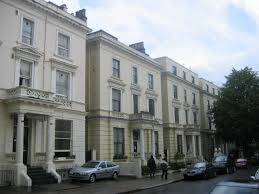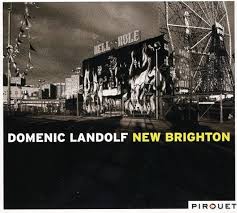Notting Hill: A Cultural Gem in London

Introduction
Notting Hill, a picturesque neighbourhood in West London, is renowned for its colourful houses, vibrant market, and annual carnival. The area’s unique blend of culture, history, and community life has made it one of the most sought-after locales in the capital. In recent years, Notting Hill has also become a focal point for discussions around urban development and gentrification, highlighting its significance in London’s social landscape.
The Rich History of Notting Hill
Notting Hill’s history dates back to the 19th century, when it emerged as a fashionable district for the affluent classes. The construction of elegant terraced houses attracted wealthy residents, while the opening of the Notting Hill Gate tube station in 1864 made it accessible to a wider audience. However, it was the establishment of the Portobello Road Market in the late 19th century that truly transformed Notting Hill into a vibrant community. Initially a market for antiques and second-hand goods, it evolved into one of the most famous street markets in the UK, featuring diverse food stalls and artisanal shops.
Current Events and Community Life
Notting Hill is not just a historical area; it remains alive with activity. The Notting Hill Carnival, which celebrates Caribbean culture, has become one of the largest street festivals in Europe, drawing millions of visitors each August. While the event was paused during the COVID-19 pandemic, it made a triumphant return in 2022, bringing a sense of normalcy and joy back to the community. Local businesses reported significant boosts in revenue during the carnival, emphasising the event’s importance to both the economy and community cohesion.
Moreover, as gentrification continues to reshape the area, local councils are implementing measures to preserve Notting Hill’s cultural heritage. The recent introduction of initiatives to support small businesses and maintain affordable housing is a topic of fervent debate among residents. The tension between preserving local character and accommodating new developments is ongoing, with many stakeholders voicing their opinions.
Conclusion
Notting Hill stands as a testament to London’s rich cultural tapestry, blending its historical roots with contemporary urban developments. For residents and visitors alike, its streets filled with colour, culture, and camaraderie serve not only as a home but also as a vibrant hub of activity. As the area navigates challenges related to gentrification and urbanisation, the importance of community engagement and cultural preservation will remain vital. Moving forward, Notting Hill is likely to continue being a focal point of transformation, attracting interest from tourists and residents who cherish its unique British charm.









